Experienced, Thorough, Honest.
Over 37+ years of experience in utilities and solar. Contact Bob to see if solar can save you money!
More solar will be installed in the United States in the next two years than the last 40+ years combined.
Why Solar?
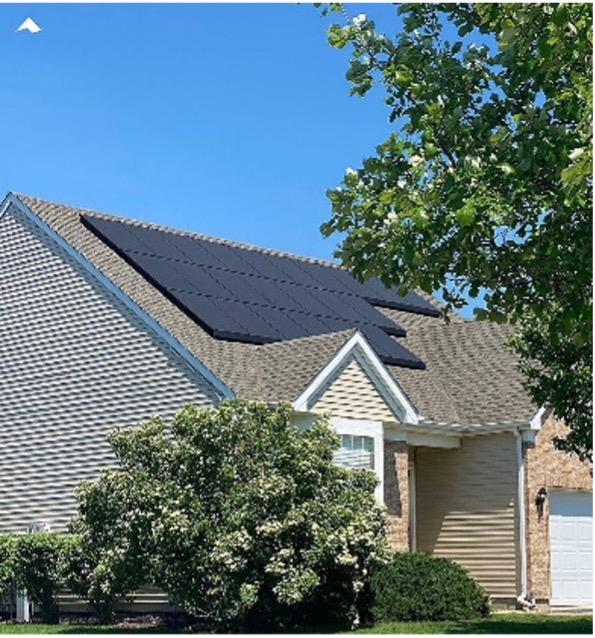
Most people don’t realize they are basically paying “RENT” for their power.
Utilities are always raising rates annually. You don’t OWN anything and if you don’t pay the monthly bill, they cut your power off. Sounds like a Landlord, right? By going Solar, you own your power generation and all the equipment. A Solar Investment adds equity to your property. Once it’s paid for your investment turns into long term savings worth thousands!
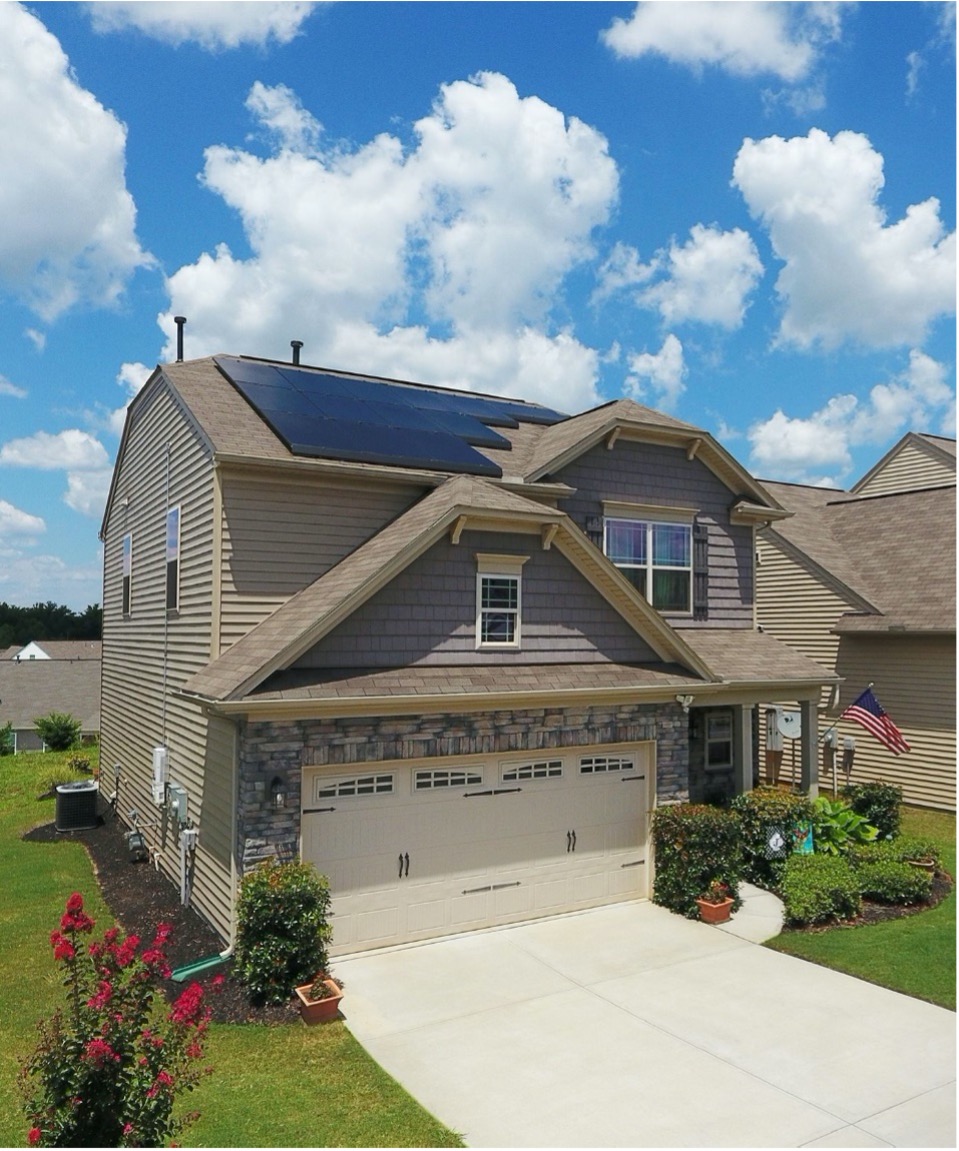
There are multiple incentives that will help you go Solar with your home.
The Federal Tax credit was increased back to 30% in late 2022 and extended for 10 years with the passing of the Inflation Reduction Act. This is fantastic news as it was supposed to expire in 2023. Some States offer an additional State Tax Credit as in SC where the credit is an additional 25% of the system costs. Seven states now offer Solar Renewable Energy Credits (SREC’s) which pay you $6,000-$20,000 cash based on your system size. Some utilities offer rebates, but they have to be funded every year. Bob can explain these in detail so you can take advantage of these resources.
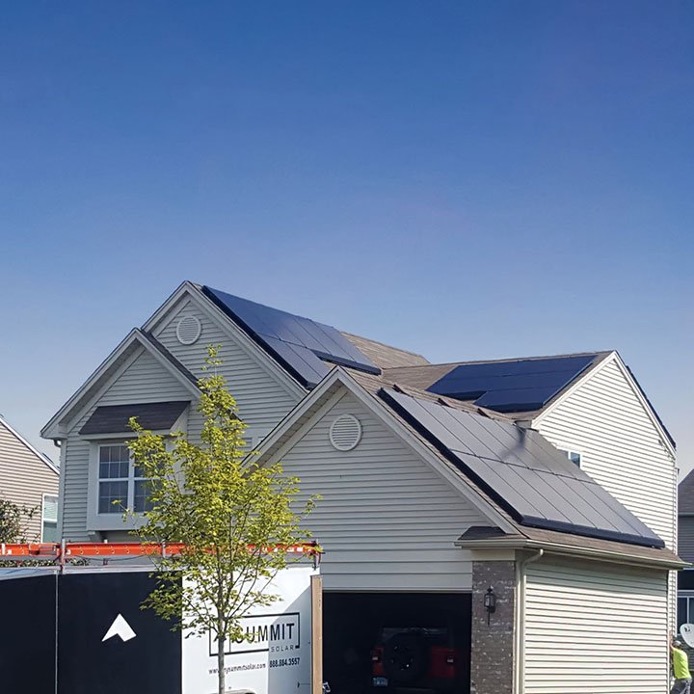
Solar systems play a big part in keeping our air and water cleaner for future generations.
Bob has 13 grandchildren. You can bet he wants the best environment possible for them and their children. Solar allows you to drastically reduce your own environmental footprint. When you install solar, you avoid using power from Coal plants. The incentives are in place to help people go solar so we can slowly close the majority of the 639 coal plants across the US. Bob has physically worked in 2 of the 3 largest coal plants in the US. A typical solar system will eliminate 3-4 tons of carbon emissions annually. That’s an offset equivalent to planting over 100 trees each year!
What Our Happy Customers Say
Professional service! They care about their customers and go above and beyond to handle all of their customers questions and concerns. I would not look to any other company to handle my solar needs. Bob is very patient and eager to handle the request of his clients and cares deeply for what he does.
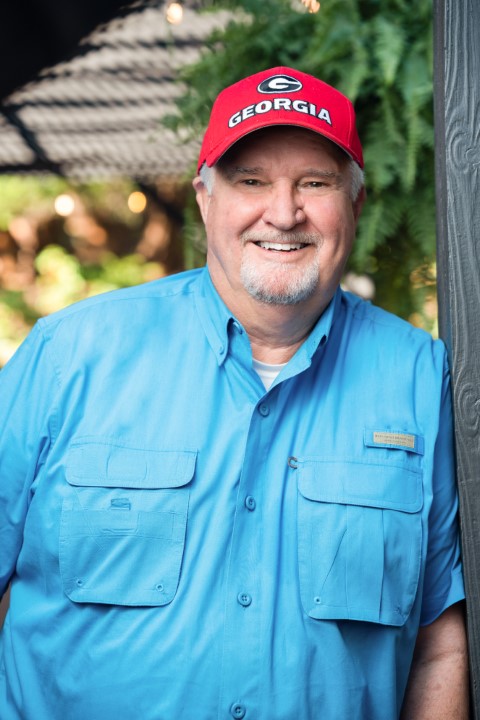
About Bob Arnett
My 13 grandkids call me “GrandBob”. My family still calls me Bobby. My neighbors call me Bob. But everyone else calls me “Bob the Solar Guy”!! Why? Because they know I am really good at explaining how solar works and helping people conclude if solar makes financial sense for them.
- I’ve spent 37+ years working with utilities on their IT systems, specifically billing systems and smart meter rollout projects.
- I've told 100’s of homeowners solar would NOT be a good investment.
- I’m a consultant by trade, don’t expect a pushy salesperson!
If you are considering solar, please let me explain why we should have a discussion.
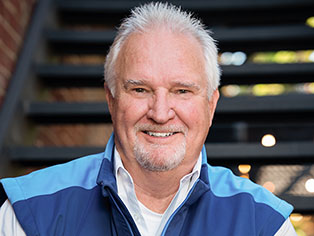
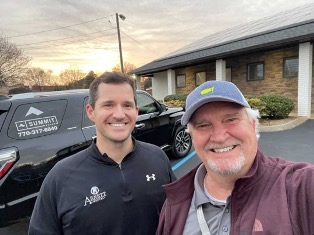
Why Bob the Solar Guy?
9+ Years of Experience
I'm known for being an expert on solar systems with 9+ years’ experience.
Transparent and Honest
Respected for being transparent and honest with customers interested in solar, batteries, generators, smart homes, etc.
Award-Winning Work
I’ve won several awards (Global, National, and Local) for my work in the Utility Industry.
See LinkedIn Profile Here.
Meet Bob The Solar Guy

Frequently Asked Questions
Nobody likes this answer, but it depends. The number of panels are the best way to estimate costs. So, the question is how many panels do I need? That depends on how much power you use annually and how much of your power bill do you want to offset with solar power.
Two identical houses side by side, facing the same direction may have totally different power bills. One sets summer thermostat at 68° while the other is at 74°. One has no children and the other has 4, which play lots of games on computers. They may have 2 extra refrigerators, etc. This is why it’s a difficult question to answer without gathering some usage information.
Ideally, from the time you sign up until you get installed it’s about 3-4 months. There’s a lot of paperwork that has to be managed; applications, permits, environmental studies (for ground mounts), CAD and Electrical drawings, etc.
Most people can save tens of thousands of dollars on electricity costs over the lifetime of a solar panel system (50+ years). It will depend on many factors, including how much you spend on electricity, how much electricity your solar system generates, incentives available in your area, and more.
HOA’s are a fickled bunch. Some are very pro-environment and allow panels anywhere. Some have their head in the sand and for some reason don’t think solar works or don’t like the looks. They probably didn’t like satellite dishes either! It’s understandable for the HOA wanting to control the aesthetics of the neighborhood. But to limit people on where they can put panels is violating the homeowner’s right to save money on their power bill and take advantage of huge tax savings. Many states have passed “Solar Access Laws” that limit how much control an HOA has over solar. NC did it in 2007. There’s a bill going through SC Legislature now that will make all HOA restrictions on solar null and void. Bob has worked with many HOA’s to introduce solar into the neighborhood.
Solar Offset is the percentage of solar power used to reduce your power bill with the utility. A 100% offset would mathematically eliminate your kwh usage of your bill and you’d only be left with the utility’s base connection fees. Most people can’t achieve 100% due to the amount of power they use, the complexity of the roof, HOA restrictions, or the shade factor.
Probably between 8 and 50 but it’s hard to tell without your input. I know that doesn’t answer the questions, but it’s hard to tell without input. Every house/property is different. The number of panels you need depends on how much sun hits your property, your energy usage, and the amount of space you have available for the installation. If you have enough roof space or land to generate all the electricity you need, you’ll save thousands over the years. But, most people can’t achieve 100% Offset. Any Solar Offset is better than none!!
During bad weather (rain, snow, ice), your system will continue to produce energy. As long as there is some daylight, even with dark skies. It’s just producing less than 100% at that moment. During an outage you lose power like normal. Since your solar system is sending your excess live electricity back to the grid, it’s a safety hazard if that electricity gets on the grid. You could injury someone working on the outage. Once power is restored, your system is automatically turned back on. Can we discuss batteries now?
Maybe. It’s worth a conversation. For several years, I’ve talked a lot of people out of batteries. They were expensive (i.e. $20K). But prices dropped and storage capacity increased, making them more attractive. If you have a lot of outages and they are more than 6 hours, you should consider one. Plus, you can save on your electric bill by pulling power from your battery at night when the solar isn’t producing. If your utility has demand charges, peak pricing, and time-of-use rates, then a battery might be well worth the investment and save you more money. Bob works mostly with Tesla, Generac and SolarEdge batteries.
We offer the best of the market leaders because they work well with our systems. Tesla Powerwalls, Generac PowerCells, SolarEdge EnergyBanks, and Enphase IQ batteries are most common. All have pro’s and con’s we can discuss to find the right one for you.
Not a problem. I have a lot of customers that have already moved and called back to put a system on their new house. All warranties and any financing transfers to the new owner without any fees. There’re several strategies we can discuss about the value of the system and how to price your house. Plus you get to keep the tax credits.
We do a lot of Ground Mount systems. They are a little more expensive due to the extra materials for mounting the panels and the trench to run power back to the meter. But ground mounts typically produce the most power due to direction mounted and tilt.
If it’s not 15 years old, then you’re good. If it’s older than 15 years with 20yr shingles, you might want to think about replacing the roof. There’s good news! If you roll your new roof into a solar project, you’ll get the same tax credits for the roof too!
Most likely YES. If you have 2×4” rafters spaced 16-18” apart or 2×6” rafters spaced 20-24” apart, you’re good. Note that mobile homes and manufactured homes have little-to-no attic access, and the rafters may not be strong enough to hold the weight. Some states restrict mobile/manufactured homes to Ground Mount systems only.
YES! Solar is an INVESTMENT that retains value. Paying your power company is like paying RENT. There are many studies showing the value solar adds to your property. Some of these come from Berkeley Labs, Forbes, National Real Estate Institute, American Appraisers Association, and even Zillow says solar adds an average of 4.1% to the Market Value of homes.
YES! In fact, if you are moving into a new home or it’s new construction, I always recommend starting conservative until you know what your energy needs will be. I have many past customers that call back after a year or two because they’ve built a workshop, had children, bought an EV, etc. They request to add panels and some want to add a battery.
Incorporate solar into your new home plan. Bob does pre-construction planning for new homes and incorporating solar.
Yes, but it’s a very different scenario. You will have to configure the system carefully to have enough panels to charge the batteries back to 100% on a dark/rainy day when solar isn’t performing at max capacity (worse case). Then you’ll need enough batteries to run EVERYTHING. You’ll no longer be able to lean on the Grid for any shortage of power – you won’t even have a meter. This means you’ll need lots of battery capacity to run the heavy loads of HVAC systems, washer/dryer, well pumps, etc. These are most likely not the popular Tesla, Generac, and SolarEdge batteries. They are different. These type systems may cost $3000 to $8000 more than a Grid tied system. I’m happy to discuss this option if that’s what you want. Fill out the form and the bottom and I’ll be in touch.
